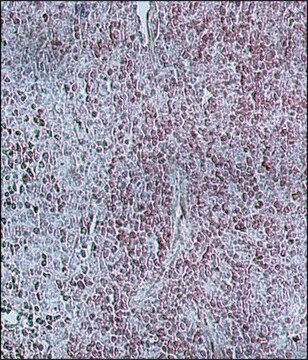B1520
Anti-Bovine Albumin antibody produced in rabbit
whole antiserum
Synonym(s):
Anti-Albumin, bovine serum (BSA)
Sign Into View Organizational & Contract Pricing
All Photos(3)
About This Item
Recommended Products
biological source
rabbit
Quality Level
conjugate
unconjugated
antibody form
whole antiserum
antibody product type
primary antibodies
clone
polyclonal
contains
15 mM sodium azide
species reactivity
bovine
technique(s)
indirect ELISA: 1:200,000
quantitative precipitin assay: 3.0 mg/mL
shipped in
dry ice
storage temp.
−20°C
target post-translational modification
unmodified
Gene Information
bovine ... Alb(280717)
Looking for similar products? Visit Product Comparison Guide
General description
Serum albumin in humans is encoded by the gene mapped to human chromosome 4q13.3. Serum albumin is one of the abundant proteins in the blood and has a molecular weight of 66 kDa.
Anti-Bovine Serum Albumin (BSA) was developed in rabbit using purified BSA from Cohn Fraction V as the immunogen. The antiserum has been treated to remove lipoproteins. Strong reactivity with BSA has been determined by immunoelectrophoresis (IEP).
Anti-Bovine Serum Albumin (BSA) was developed in rabbit using purified BSA from Cohn Fraction V as the immunogen. The antiserum has been treated to remove lipoproteins. Strong reactivity with BSA has been determined by immunoelectrophoresis (IEP).
Application
Anti-Bovine Albumin antibody produced in rabbit may be used for ELISA at a working dilution of 1:200,000. The antibody was used for in vitro labeling of albumin present in mammary tissue extract of lactating cow.
It has also been used for the detection of albumin in nanoparticle using scanning transmission electron microscope.
It has also been used for the detection of albumin in nanoparticle using scanning transmission electron microscope.
Biochem/physiol Actions
Albumin is the most abundant circulating proteins present in the serum that binds and transports long-chain fatty acid anions, detoxifies unconjugated bilirubin and transports thyroid and steroid hormones.
Human serum albumin as a transporter, is considered as drug delivery vehicle for treating human diseases. Post-translational modifications like glycation and cysteinylation affects the binding functionality of serum albumin. High albumin protein diet has influence on hyperalbuminemia. Low levels of albumin leads to hypoalbuminemia, associated with decreased production and distribution. Hypoalbuminemia is a risk factor for the development of cardiovascular disease.
Human serum albumin as a transporter, is considered as drug delivery vehicle for treating human diseases. Post-translational modifications like glycation and cysteinylation affects the binding functionality of serum albumin. High albumin protein diet has influence on hyperalbuminemia. Low levels of albumin leads to hypoalbuminemia, associated with decreased production and distribution. Hypoalbuminemia is a risk factor for the development of cardiovascular disease.
Physical form
Rabbit Anti-BSA is provided as a liquid containing 15 mM sodium azide as preservative.
Storage and Stability
For continuous use, store at 2-8 °C for up to one month. For extended storage, the solution may be frozen in working aliquots. Repeated freezing and thawing is not recommended. Storage in "frost-free" freezers is not recommended. If slight turbidity occurs upon prolonged storage, clarify the solution by centrifugation before use.
Disclaimer
Unless otherwise stated in our catalog or other company documentation accompanying the product(s), our products are intended for research use only and are not to be used for any other purpose, which includes but is not limited to, unauthorized commercial uses, in vitro diagnostic uses, ex vivo or in vivo therapeutic uses or any type of consumption or application to humans or animals.
Not finding the right product?
Try our Product Selector Tool.
Storage Class Code
12 - Non Combustible Liquids
WGK
WGK 3
Flash Point(F)
Not applicable
Flash Point(C)
Not applicable
Choose from one of the most recent versions:
Already Own This Product?
Find documentation for the products that you have recently purchased in the Document Library.
Customers Also Viewed
Association of serum albumin and atherosclerosis in chronic hemodialysis patients.
Beddhu S, et al.
American Journal of Kidney Diseases, 40(4), 721-727 (2002)
Critical appraisal of the role of serum albumin in cardiovascular disease.
Chien SC, et al.
Biomarker research, 5(1), 31-31 (2014)
Hyperalbuminemia and elevated transaminases associated with high-protein diet.
Mutlu EA, et al.
Scandinavian Journal of Gastroenterology, 41(6), 759-760 (2006)
Pedram Madadkar et al.
Journal of pharmaceutical analysis, 8(3), 187-193 (2018-06-21)
Enrichment and immobilization of analytes by chemical bonding or physical adsorption is typically the first step in many commonly used analytical techniques. In this paper, we discuss a permeation drag based technique as an alternative approach for carrying out location-specific
Lilia A Chtcheglova et al.
Biophysical journal, 86(2), 1177-1184 (2004-01-30)
A new method of direct and continuous measurement of the spring constant of single molecule or molecular complex is elaborated. To that end the standard force spectroscopy technique with functionalized tips and samples is combined with a small dithering of
Our team of scientists has experience in all areas of research including Life Science, Material Science, Chemical Synthesis, Chromatography, Analytical and many others.
Contact Technical Service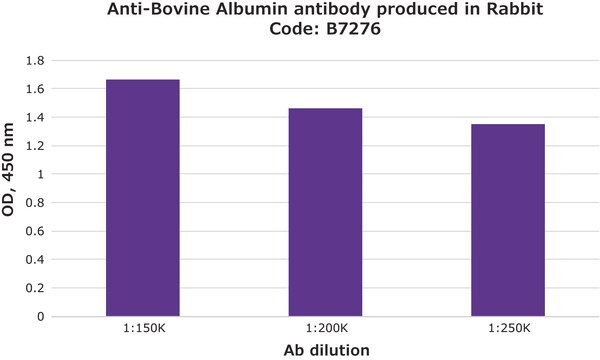

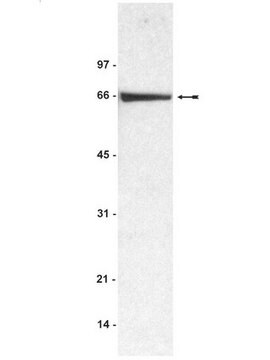
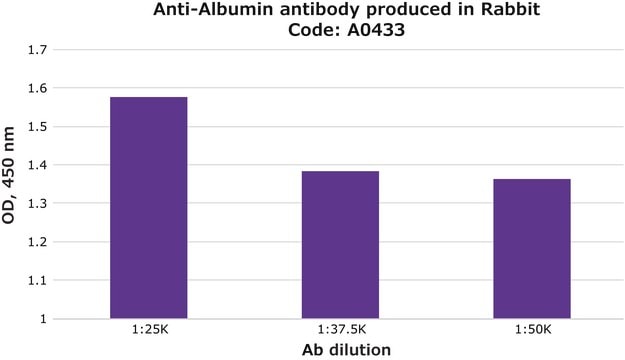
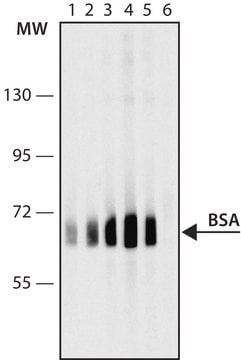
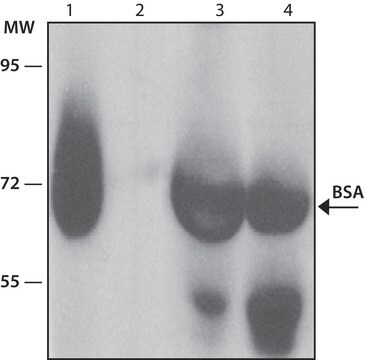
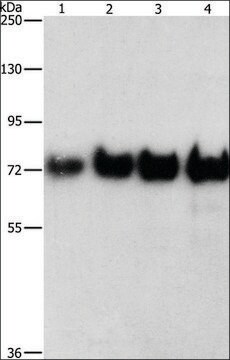
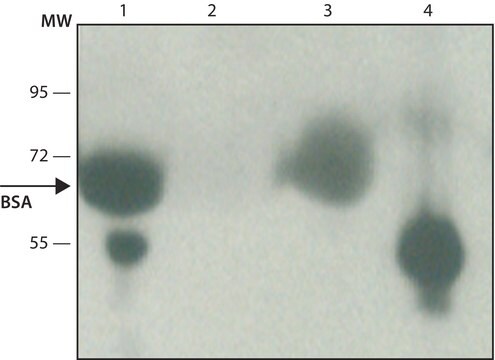

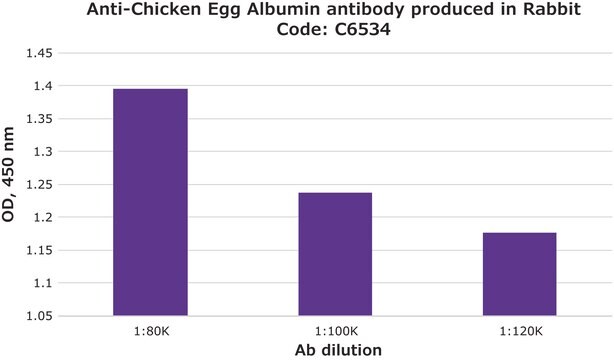
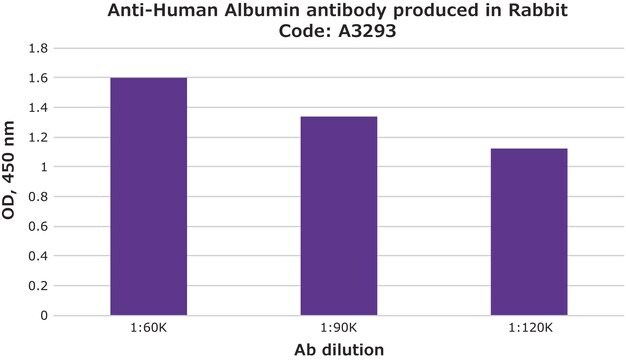
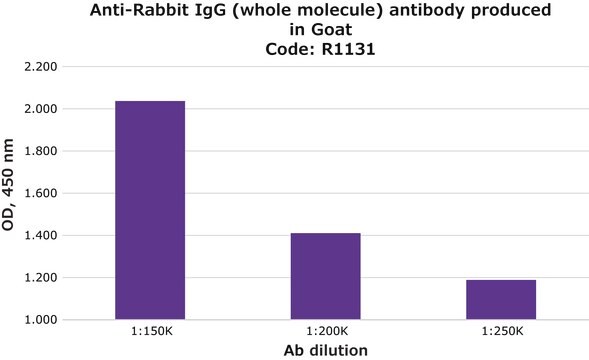

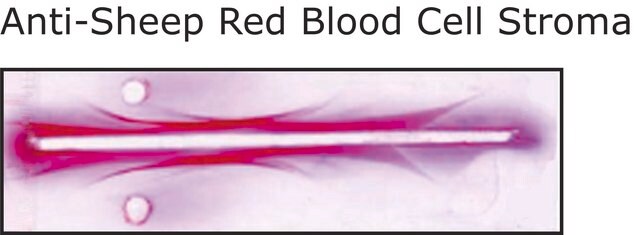


![1-[3-(Dimethylamino)propyl]-3-ethylcarbodiimide methiodide](/deepweb/assets/sigmaaldrich/product/structures/414/134/4eb9c126-d7f9-4e12-9e3a-95cb077824fd/640/4eb9c126-d7f9-4e12-9e3a-95cb077824fd.png)
